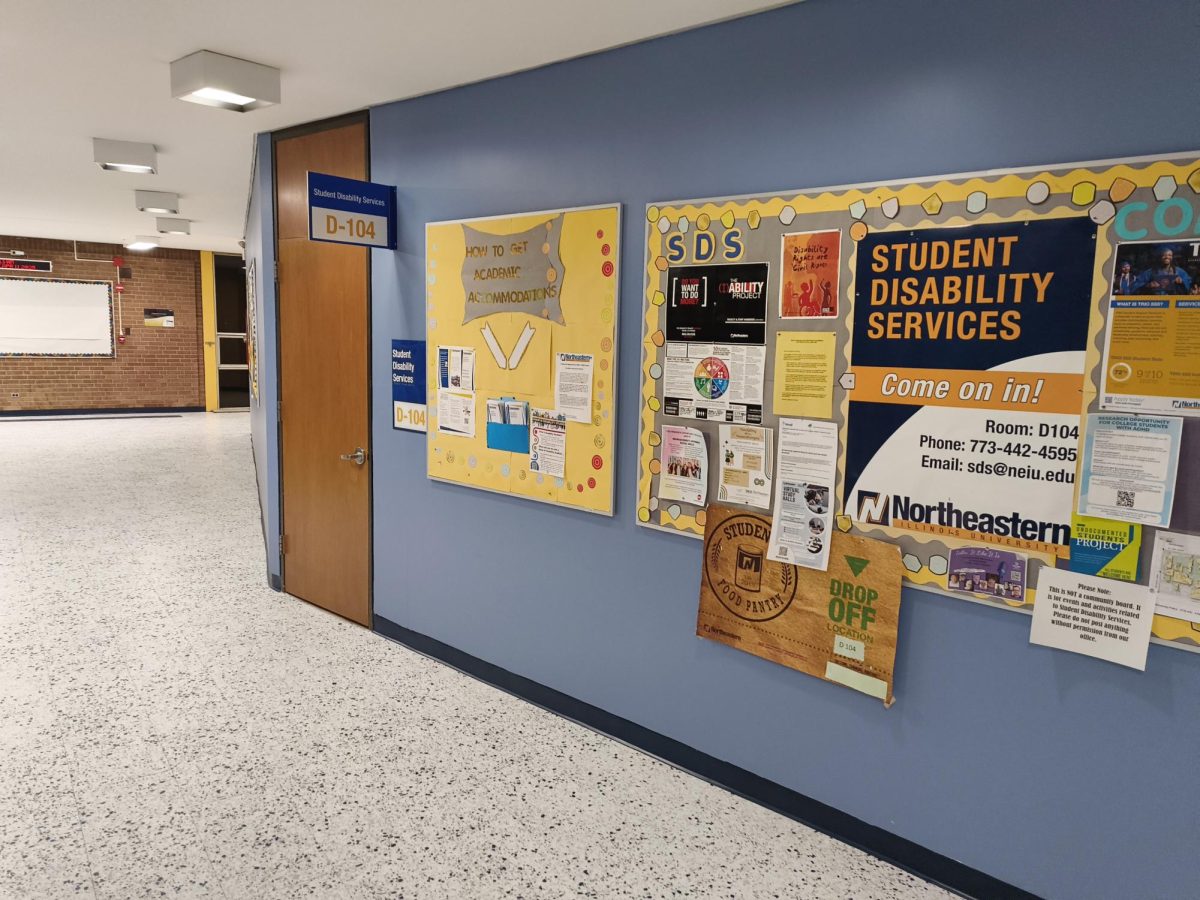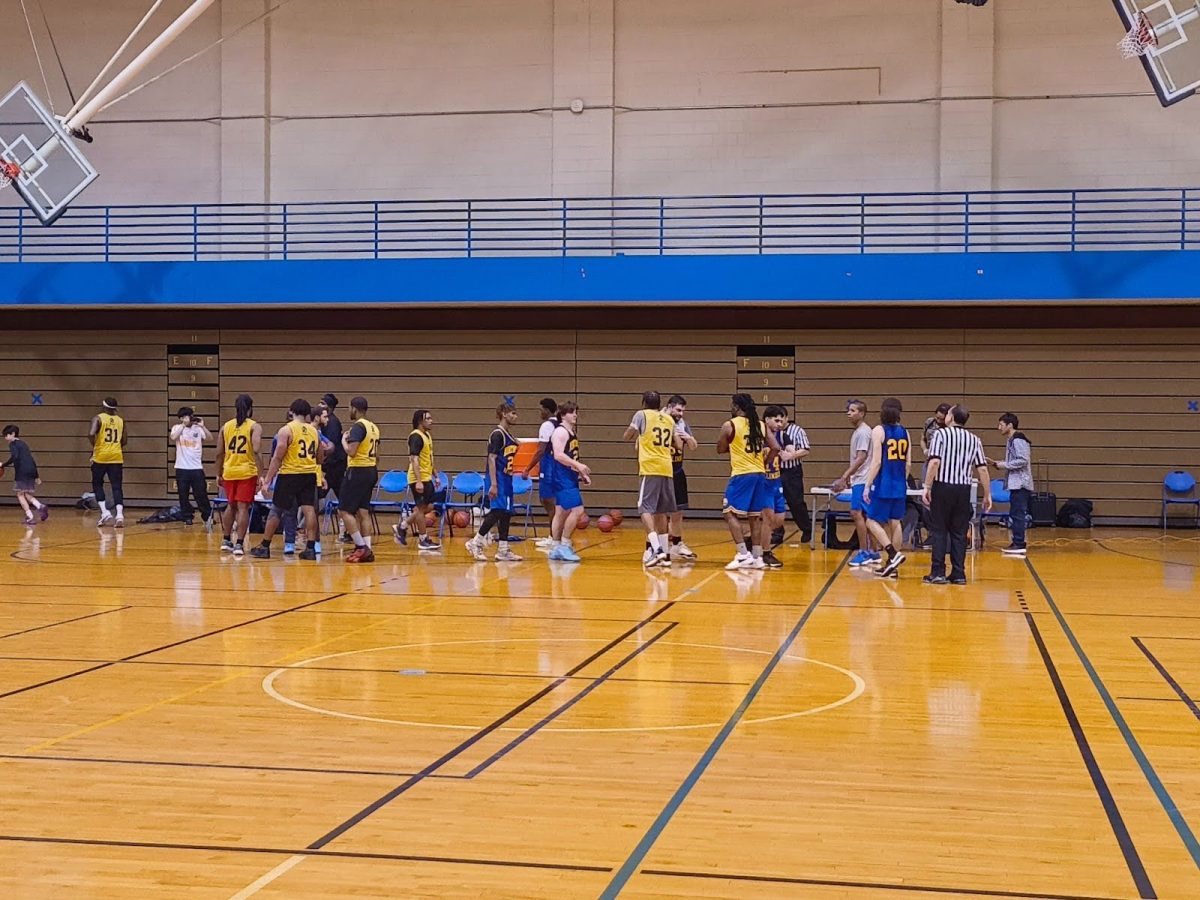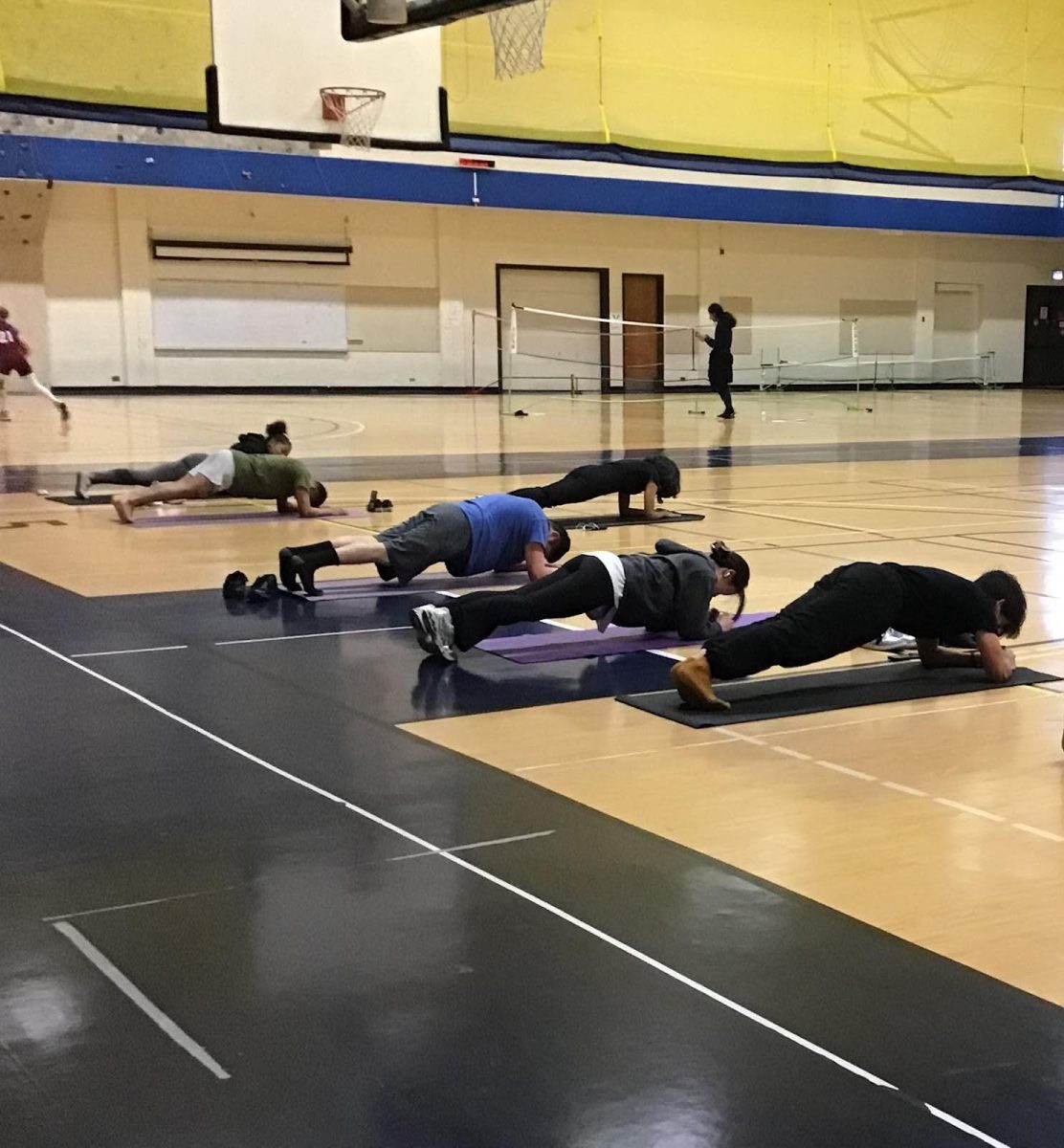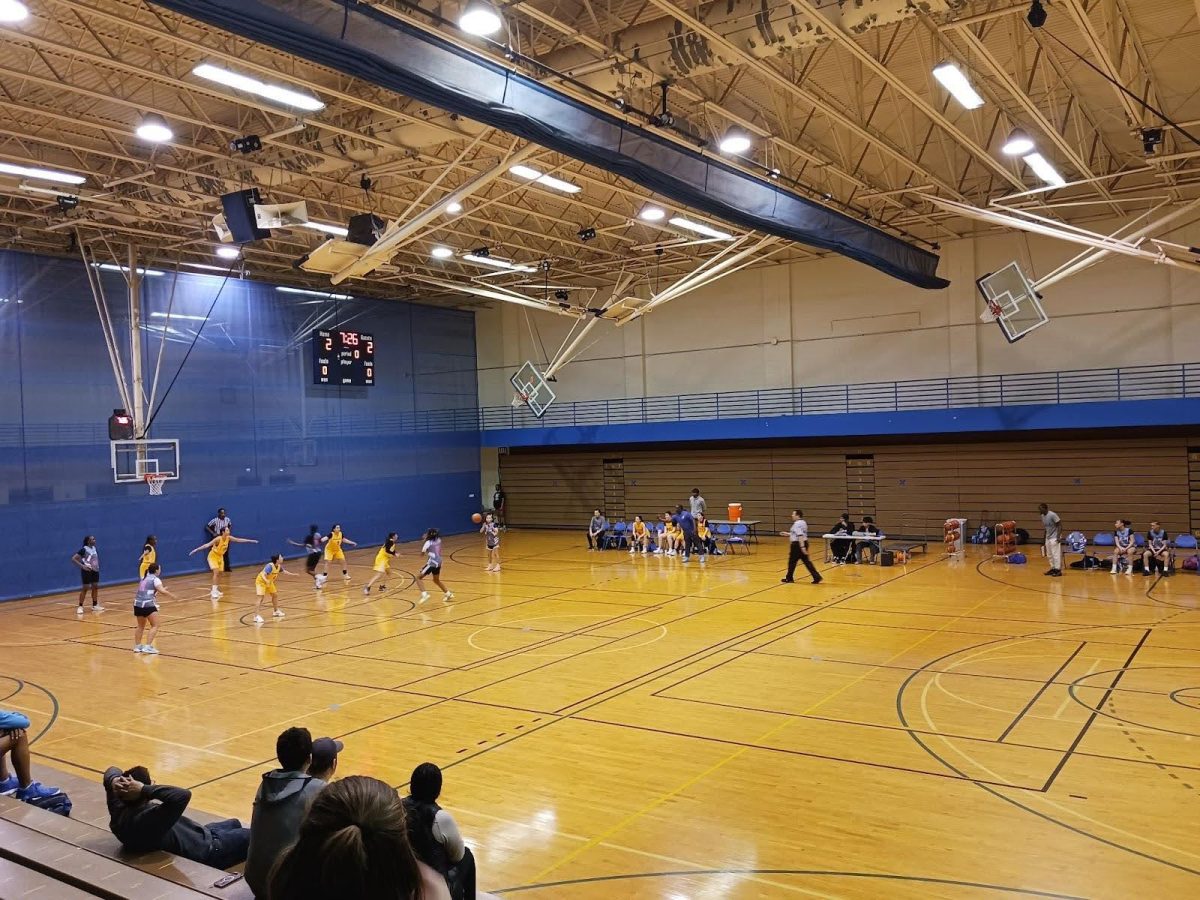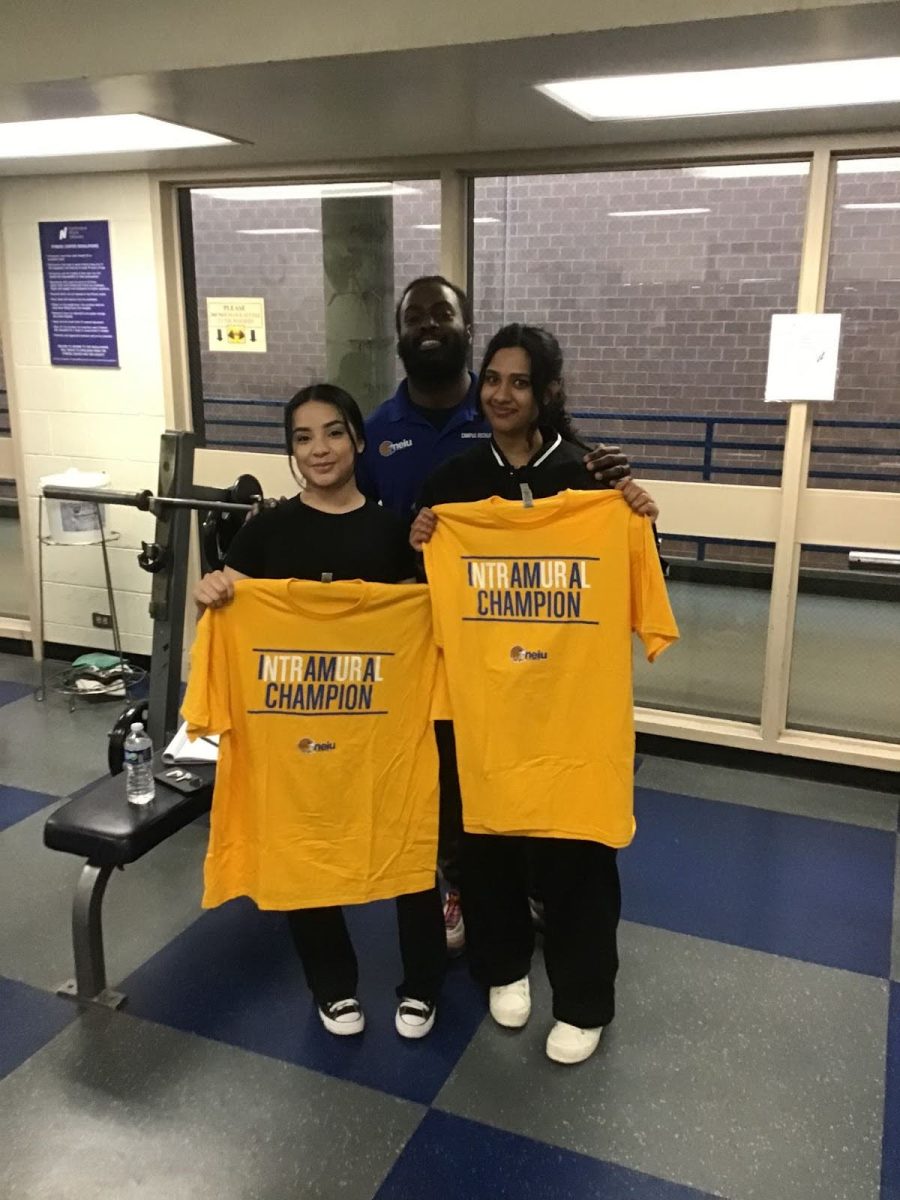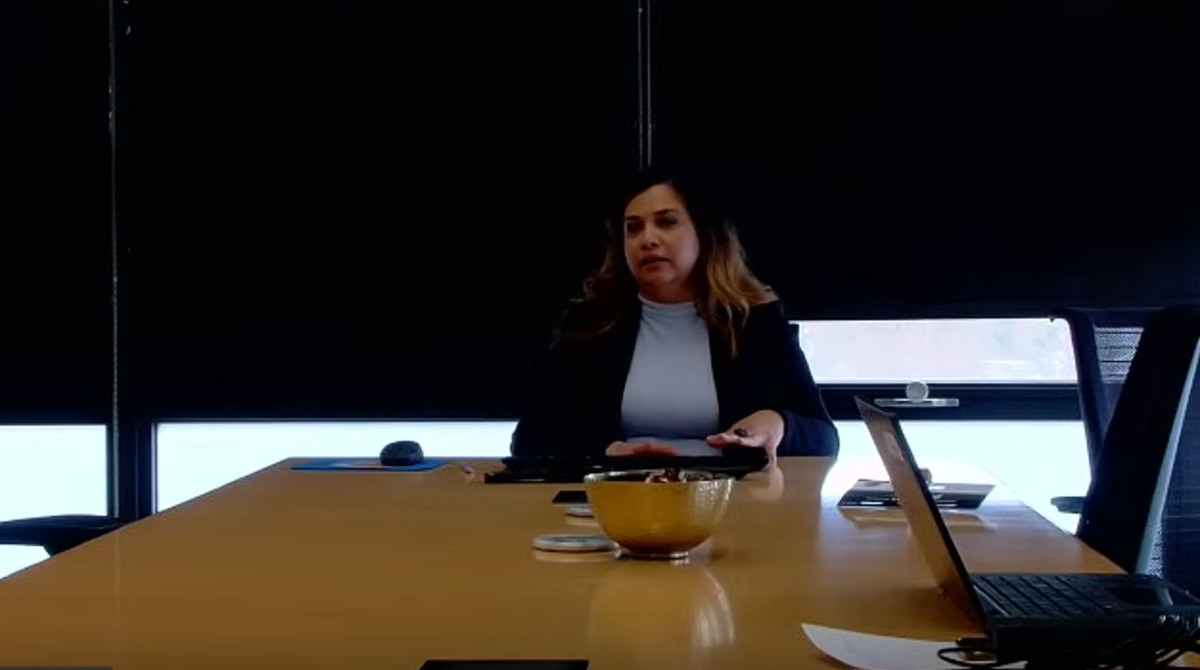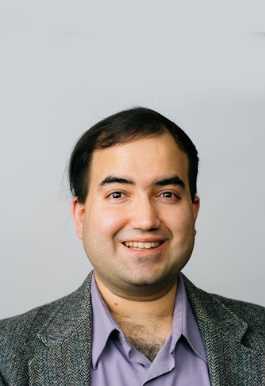Mental health services have existed for centuries. They are considered a necessity because mental health has an enormous effect on an individual’s quality of life as they navigate through childhood and adulthood. Despite the importance of maintaining one’s mental health, the approach and viewpoints on the subject have undergone drastic changes over the years, especially when it comes to the services that universities now offer. The Independent received the opportunity to interview Nathan Rouse, Student Disability Services (SDS) program specialist, about these services that break down barriers and promote student success.
Although every individual’s life circumstances are different, mental health struggles can play a factor in every stage of life. According to the CDC, “many factors influence our ability to thrive and experience optimal well-being, such as family and community relationships, access to opportunities, and environmental circumstances.” While every age group tends to have its own set of goals and life experiences, primarily focusing on young adults (ages 18-26), this stage in life consists of “major transitions such as entering college and the workforce, securing housing or starting a family.” These transitions can provide a sense of excitement but can simultaneously create anxiety due to the inexperience a young adult has with these life changes. Receiving the appropriate help leads to the individual working towards building and potentially sustaining a positive mental health lifestyle.
Tracing the Dark History of Mental Health Treatment
Early on, mental illnesses were viewed in a negative light. According to OpenStax College, many doctors relied on early psychopathology theory and believed mental illnesses were thought to be a result of demonic possession that required exorcism and trephining. Various religious groups during the late 1400s to late 1600s also believed that mental health sufferers were evil witches who had made pacts with the devil. Receiving unfavorable verdicts from the courts, as reported by Dr. R.E. Hemphill, it is estimated that thousands of individuals suffering from mental illnesses were executed after being accused of being under the influence of witchcraft.
Treatment did not improve all that much during the 18th century. As the number of asylums grew, individuals who displayed abnormal behavioral patterns were sent to these institutions to remain isolated from the rest of society. Per Concordia University, medical practitioners opted to treat mental illnesses with physical methods such as ice water baths to shock patients into sanity. According to OpenStax College, patients were also beaten, chained in dungeons and had minimal contact with their families and loved ones.
A more humane trend slowly emerged for college students, thanks to French physician Philippe Pinel and activist Dorothea Dix. As mentioned in a paper titled “One Hundred Years of College Mental Health” by Dr. Kraft, the first student health service did not start until 1861 at Amherst College, where initially the main focus was treating students’ physical illnesses, and other counseling services were inaccessible aside from the faculty and clergy. Over 50 years, it would take three events, named the National Conference on Health in Colleges, to analyze survey data and realize the need for psychiatric services to be increased and provided by actual psychiatric consultants. That need became more urgent following World War II, with the introduction of the G.I. Bill, and thousands of veterans wanting to return to school.
Despite the educational awareness on the subject being more ubiquitous and treatments now being humane compared to prior years, public stigma remains. Most importantly, there is also the self-stigma one battles; the internalized self-shame about one’s condition. Deep down, there is a feeling of inferiority and a voice telling individuals that they will never live up to the socially constructed word known as “normal.”
According to a paper titled “The Stigma of Mental Disorders” by Dr. Rössler, while describing the concept of self-stigma and how it relates to mental health, he states, “Self‐stigma usually describes a process in which an individual with mental illness internalizes the stigma and then experiences diminished self‐esteem and self‐efficacy.” Later adding, “This process begins even before the person is afflicted with a mental illness because it is during that period that he/she usually learns about and internalizes culturally disseminated stereotypes about such illnesses.” In other words, the stereotypes and prejudices about mental illnesses that we learn about in our culture, society and country are what form that self-identity and lead one’s subconscious to have these negative thoughts.
Expanding Support through NEIU’s Services
At NEIU, several services are offered to students looking to address their mental health. Some of these include the Counseling and Wellness clinic, which is offering free individual counseling sessions via in-person and online sessions for students during the Spring 2025 semester, and TRIO Student Support Services, which strives to help students succeed academically and graduate on time at the collegiate level by offering individualized services and access to note takers and tutoring, especially for students with documented disabilities.
Similarly, SDS assists students who have a physical or mental disability that can affect them in the classroom setting. Upon providing documentation regarding their disability from a licensed clinical psychologist or psychiatrist, the registered student can receive accommodations from an SDS-provided accommodation determination letter (ADL) depending on their specific needs. Some of those accommodations include extended time on exams, sign language interpreting services, taking classroom notes on a laptop, allowing service and emotional support animals to be present in the classroom and receiving permission to record class lectures for private study.
The process for note-taking services at SDS has also changed compared to years prior. At one point, students were paid to take notes during a course’s lectures on the SDS student’s behalf and would submit the material via email or in person no later than 24 hours after class had concluded.
Rouse Explains Intricacies of SDS’s Procedures
In 2025, that is no longer the case. During an in-depth interview with Rouse, he explained the reasoning behind SDS’s decision. “We actually have phased out in-person note-takers for a few reasons. One is that we can’t guarantee the quality of the notes from somebody,” Rouse said. “Luckily, technology has been really great. We have a note-taking program for students called Glean that will allow them to focus on the lecture [and] focus on the material, so they’ll have an audio version, a written transcription and an outline of what was discussed in the course.”
The process of communicating accommodations to professors is imperative. “When students receive accommodations [from] our office, they go through a meeting with us about their accommodations, how to use them [and] how to implement them,” Rouse said. “And one of the things we go over is [that] it is the student’s responsibility to communicate with their instructor directly. It is the student’s responsibility because they know their learning style best.” With the communication consisting of students reaching out to their professor at the beginning of their semester and meeting with them during their office hours, the professors can have a better understanding of the assistance the student requires to help them succeed in their curriculum.
It’s worth noting that for any student who is worried about not being granted accommodations by SDS, those accommodations are legally protected under Section 504 of the Americans Disability Act. However, those laws only apply to the student. As Rouse elaborated, “Accommodations should legally protect the student, but we cannot make changes [to the] pedagogy of a professor’s course.” If the student desires to make modifications to the course, then it is no longer just impacting the student seeking the accommodation; it’s now impacting the entire class, which can create complications and not make it fair for all parties involved.
Before his departure in June 2024, one of the things former SDS director Doug Lawson made sure to change was the university’s approach to students with disabilities by introducing the Disability Project. “This was a part of the university’s at-large transition to the Universal Design for Learning or UDL, so part of that is ensuring that we are able to inform the faculty, but also the university-at-large, as to how best to support students with disabilities,” Rouse said. “What their process is like to just achieve that [and] receiving accommodations with our office, so it really was created with the intent to create awareness campus-wide for how to support students with disabilities.”
Mental illness has come a long way. A flawed history that once consisted of mental health sufferers being ostracized by society has over time strayed away from the cruel, outdated practices with the development of science, research and mental health professionals gaining more insight. These safer treatments and new ways of thinking eventually made their way into universities with the universal increase of mental health professionals and services. Although it is every student’s right to decide whether they want the assistance, if you believe any of the mental health services NEIU offers can help you physically, mentally or academically, do not hesitate to reach out. These services were created to help guide students not only to reach their academic goals but also help them with their emotional health and life quality overall.



